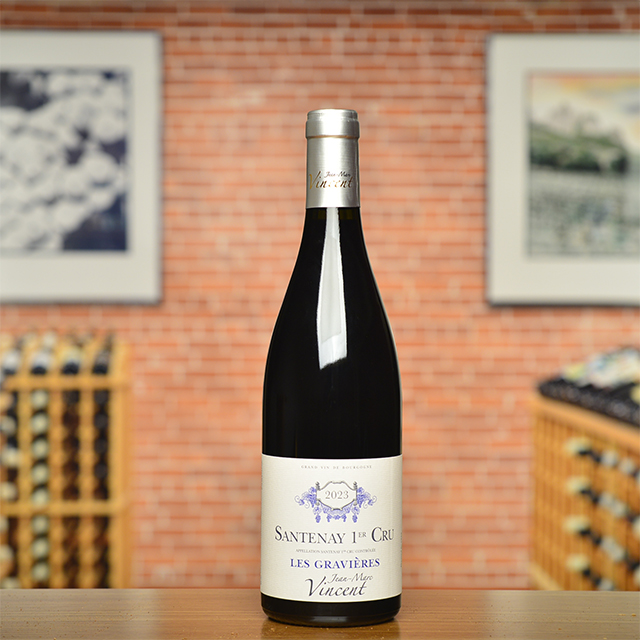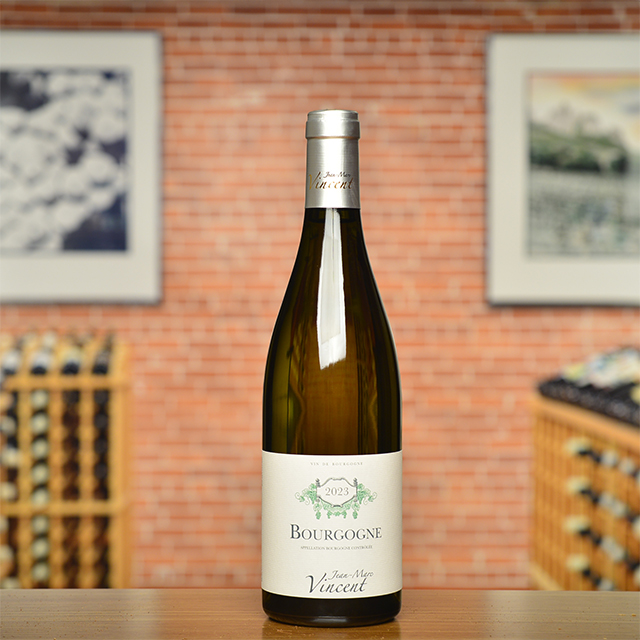Notify me
2020 Pic Saint Loup Rouge
Château La Roque
If you take a summer stroll on the slopes of the Pic Saint Loup, you may find wild grapevines climbing the rock here and there, providing a few bunches of grapes that are soon taken by the abundant wild boars and birds. Evidence shows that those wild grapes, native to the Pic since prehistoric times, were used by the first human inhabitants of the area, making our friends in Beaumes-de-Venise look like newcomers to the game. Perhaps it’s the horse-farmed, chemical-free vineyards, far from present-day pollutants, or perhaps it’s the minimalist winemaking and unfiltered bottling, but there is something timeless to La Roque’s Pic Saint Loup, its herbal bouquet and rich, fleshy texture, all free from any hint of modern trappings.
—Chris Santini
| Wine Type: | red |
| Vintage: | 2020 |
| Bottle Size: | 750mL |
| Blend: | 65% Grenache, 25% Syrah, 10% Mourvèdre |
| Appellation: | Pic Saint Loup |
| Country: | France |
| Region: | Languedoc-Roussillon |
| Producer: | Château La Roque |
| Winemaker: | Cyriaque Rozier |
| Vineyard: | 40 years, 18 ha |
| Soil: | Clay, limestone scree |
| Aging: | Aged in cement tank for 1 year |
| Farming: | Biodynamic (certified) |
| Alcohol: | 14.2% |
More from this Producer or Region

2021 Monts de la Grage Blanc
France | Languedoc-Roussillon
These ancient hillside vines yield very little, giving an intensely concentrated juice with great acidity and a textured finish. Open it alongside seafood or as an apéritif.

2021 Corbières Rouge “Campagnès”
France | Languedoc-Roussillon
Carignan from very old vines with immense depth but the immediate drinkability of a Cru Beaujolais.

2023 Pays d’Oc Rouge
France | Languedoc-Roussillon
For the southern red wine fanatic, lover of Bandol and other meaty reds, this wine is a steal. A cult favorite of those in the know.

2022 Vin de France Blanc “Malvoise”
France | Languedoc-Roussillon
Tasting the bottle, one quickly sees winemaker Cyriaque Rozier’s statement that Malvasia has “acclimated perfectly to the land of La Roque” is not an overstatement.

2021 Vin de France “Le Carignan”
France | Languedoc-Roussillon
Old vines give this Carignan a supple, suede-like texture, along with loads of dark fruit, a peaty smokiness, and great minerality.
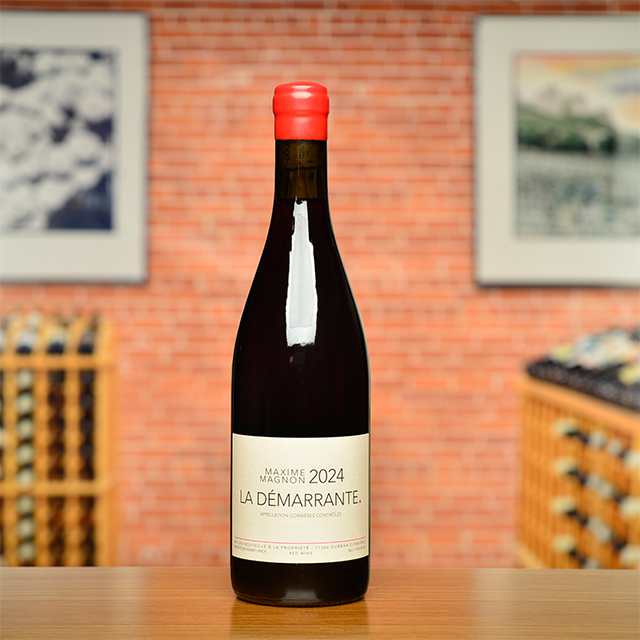
2024 Corbières Rouge “La Démarrante”
France | Languedoc-Roussillon
This is what happens when the Languedoc meets the Beaujolais: old Carignan and Cinsault fermented by carbonic maceration to make something light, fresh, and delicious.
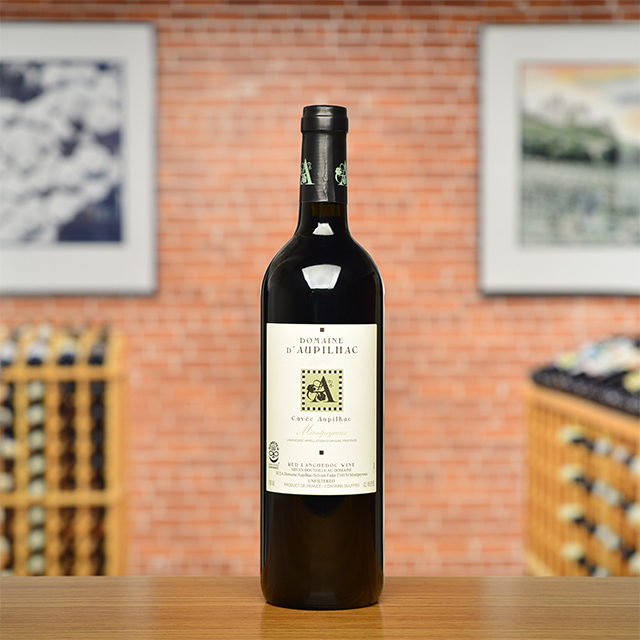
2022 Languedoc Montpeyroux Rouge
France | Languedoc-Roussillon
Proof that a great site and honest farming are key to genuine, long-lived wines.

2020 Pic Saint Loup Rouge “Cupa Numismae”
France | Languedoc-Roussillon
It’s dense, noble, with grip and grit, the kind of cuvée that could generate a lot of awe and attention... and also a much higher price tag.

2022 Pic Saint Loup Rouge
France | Languedoc-Roussillon
There is something timeless to La Roque’s Pic Saint Loup, its herbal bouquet and rich, fleshy texture, all free from any hint of modern trappings.
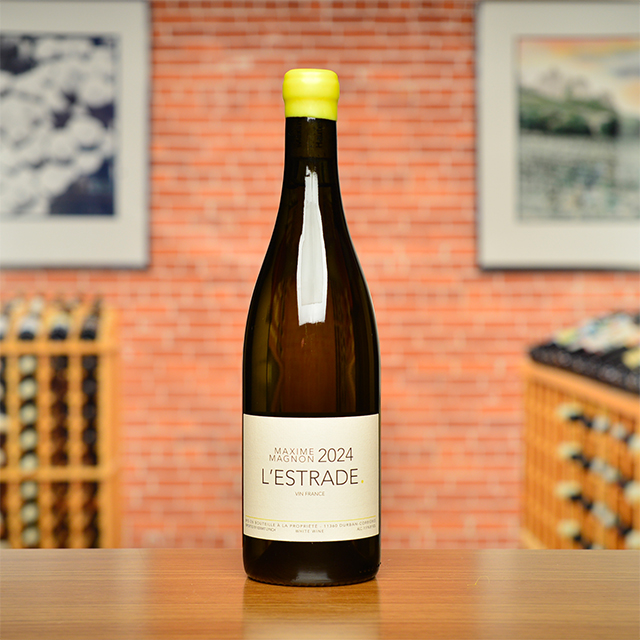
2024 Vin de France Blanc “L’Estrade”
France | Languedoc-Roussillon
The imprint of the sun-kissed landscape of the Languedoc is clear, with aromas of honeysuckle and lime zest.
About The Producer
Château La Roque
About The Region
Languedoc-Roussillon

Ask wine drinkers around the world, and the word “Languedoc” is sure to elicit mixed reactions. On the one hand, the region is still strongly tied to its past as a producer of cheap, insipid bulk wine in the eyes of many consumers. On the other hand, it is the source of countless great values providing affordable everyday pleasure, with an increasing number of higher-end wines capable of rivaling the best from other parts of France.
While there’s no denying the Languedoc’s checkered history, the last two decades have seen a noticeable shift to fine wine, with an emphasis on terroir. Ambitious growers have sought out vineyard sites with poor, well draining soils in hilly zones, curbed back on irrigation and the use of synthetic fertilizers and pesticides, and looked to balance traditional production methods with technological advancements to craft wines with elegance, balance, and a clear sense of place. Today, the overall quality and variety of wines being made in the Languedoc is as high as ever.
Shaped like a crescent hugging the Mediterranean coast, the region boasts an enormous variety of soil types and microclimates depending on elevation, exposition, and relative distance from the coastline and the cooler foothills farther inland. While the warm Mediterranean climate is conducive to the production of reds, there are world-class whites and rosés to be found as well, along with stunning dessert wines revered by connoisseurs for centuries.
More from Languedoc-Roussillon or France
2021 Languedoc Montpeyroux Rouge “Les Cocalières”
Domaine d’Aupilhac France | Languedoc-Roussillon
Cap de Creus “Ranci Sec”
Domaine La Tour Vieille France | Languedoc-Roussillon
2023 Languedoc Rouge “Lou Maset”
Domaine d’Aupilhac France | Languedoc-Roussillon
2020 Gard Rouge “Clausus”
Ludovic Engelvin France | Languedoc-Roussillon
2022 Languedoc Montpeyroux Rouge
Domaine d’Aupilhac France | Languedoc-Roussillon
2020 Faugères “Jadis”
Domaine Leon Barral France | Languedoc-Roussillon
2024 Corbières Rouge “La Démarrante”
Maxime Magnon France | Languedoc-Roussillon
2022 Pic Saint Loup Rouge
Château La Roque France | Languedoc-Roussillon
2021 Monts de la Grage Blanc
Mas Champart France | Languedoc-Roussillon
2022 Corbières Rouge “Réserve La Demoiselle”
Domaine de Fontsainte France | Languedoc-Roussillon
2018 Vin de France “Grenache Oxydatif”
Domaine Ludovic Engelvin France | Languedoc-Roussillon
2016 Vin de France Vieux Ronsard
Domaine Ludovic Engelvin France | Languedoc-Roussillon
2021 Languedoc Montpeyroux Rouge “Les Cocalières”
Domaine d’Aupilhac France | Languedoc-Roussillon
Cap de Creus “Ranci Sec”
Domaine La Tour Vieille France | Languedoc-Roussillon
2023 Languedoc Rouge “Lou Maset”
Domaine d’Aupilhac France | Languedoc-Roussillon
2020 Gard Rouge “Clausus”
Ludovic Engelvin France | Languedoc-Roussillon
2022 Languedoc Montpeyroux Rouge
Domaine d’Aupilhac France | Languedoc-Roussillon
2020 Faugères “Jadis”
Domaine Leon Barral France | Languedoc-Roussillon
2024 Corbières Rouge “La Démarrante”
Maxime Magnon France | Languedoc-Roussillon
2022 Pic Saint Loup Rouge
Château La Roque France | Languedoc-Roussillon
2021 Monts de la Grage Blanc
Mas Champart France | Languedoc-Roussillon
2022 Corbières Rouge “Réserve La Demoiselle”
Domaine de Fontsainte France | Languedoc-Roussillon
2018 Vin de France “Grenache Oxydatif”
Domaine Ludovic Engelvin France | Languedoc-Roussillon
2016 Vin de France Vieux Ronsard
Domaine Ludovic Engelvin France | Languedoc-Roussillon
Kermit once said...

Kermit once said...
You don’t have to be rich to cellar a great wine.

